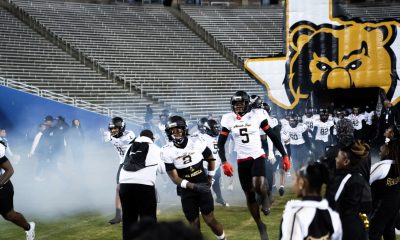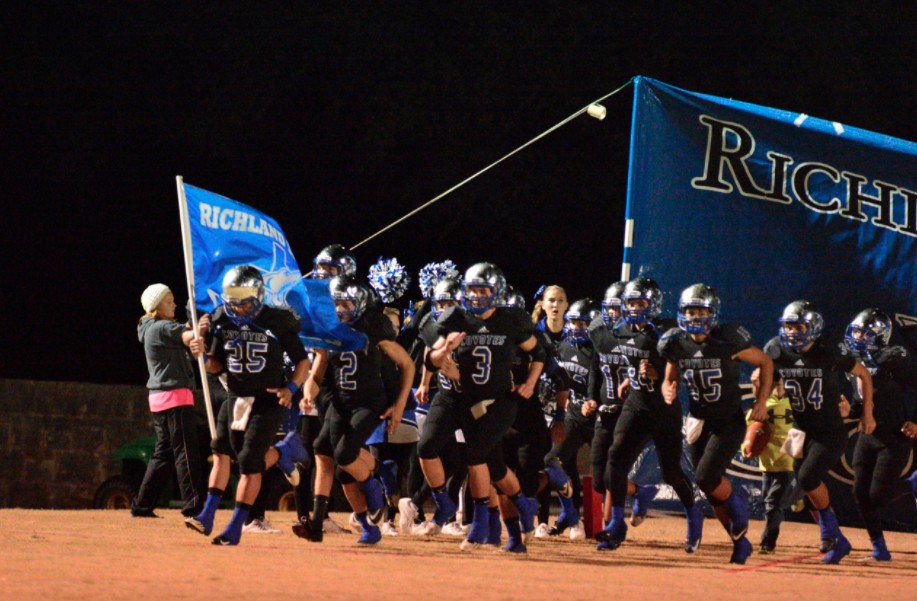Photo via Brandi Parks
In 2008, I moved back to the U.S. after living overseas for seven and a half years as a member of the military. During that time, I started coaching high school football for the teams on the bases I was stationed at. For one year, I was a receiver’s coach for the high school in Naples, Italy. The following year I was moved to Bitburg, Germany where I coached running backs for three seasons. Both schools were small but played 11-man football. Then it was time to move back to the U.S., as I looked for a job in teaching and coaching all I could find was a small private school job in Bellville, Texas. The catch? It was the offensive coordinator position for a school that played six-man football.
Six-man football is different; first the field is smaller. Instead of a field that is 53 and 1/3 yards wide by 100 yards long a six-man field is 40 yards wide and 80 yards long. In my first year at coaching in my tiny school in Bellville we showed up at a school that played their games on a regular sized high school field, which isn’t uncommon, but normally the sidelines are shortened to the 40-yard width by extending 80 yards of fire hose on one side of the field. The team we played didn’t have anything to mark that sideline so we played on a regular sized field. By the end of the first quarter our team was exhausted and the score was something like 42-40. Oh, did I tell you the scores are usually high in six-man? Well they are, it isn’t uncommon to see final scores of 96-88 having some who look at the box score thinking that the newspaper accidentally put a basketball score in the football column.
Six-man is unique in that every player on the field regardless of position is eligible to catch a pass, that’s right, the big offensive linemen are just as eligible to receive a pass than the speedy running backs and receivers. Perhaps the biggest thing that I had to get used to as a coach is that my quarterback couldn’t run the ball. In six-man rules there must be two ball exchanges before a running play can cross the line of scrimmage. The center snapping the ball to the to the quarterback counts as the first exchange, however, the quarterback must either hand the ball off or throw. This changed what I looked for in a quarterback, I didn’t need someone who could run, instead I wanted someone who could throw and could block. That is why my quarterback that year we made a semi-final run was built more like a full back than a traditional quarterback. He had a heck of an arm but he could knock some people on their tails after pitching the ball to our running back for the second exchange.
The other big difference is there is a mercy rule in six-man. At any time after half-time if the score differential exceeds 45 points the game is over, however, the game has to get to halftime before the mercy rule can take place.
While there may be different rules the game is the game but a team with the most speed wins, it isn’t about having an Alabama type offense or Ohio State defense playing smash mouth football but about speed, the team with the majority of speed has the advantage.
Needless to say, the state games are going to be a blast to watch and I anticipate some very high scoring games and a lot of running.
Brought to you by:
Jamar Roofing
www.JamarRoofing.com





















